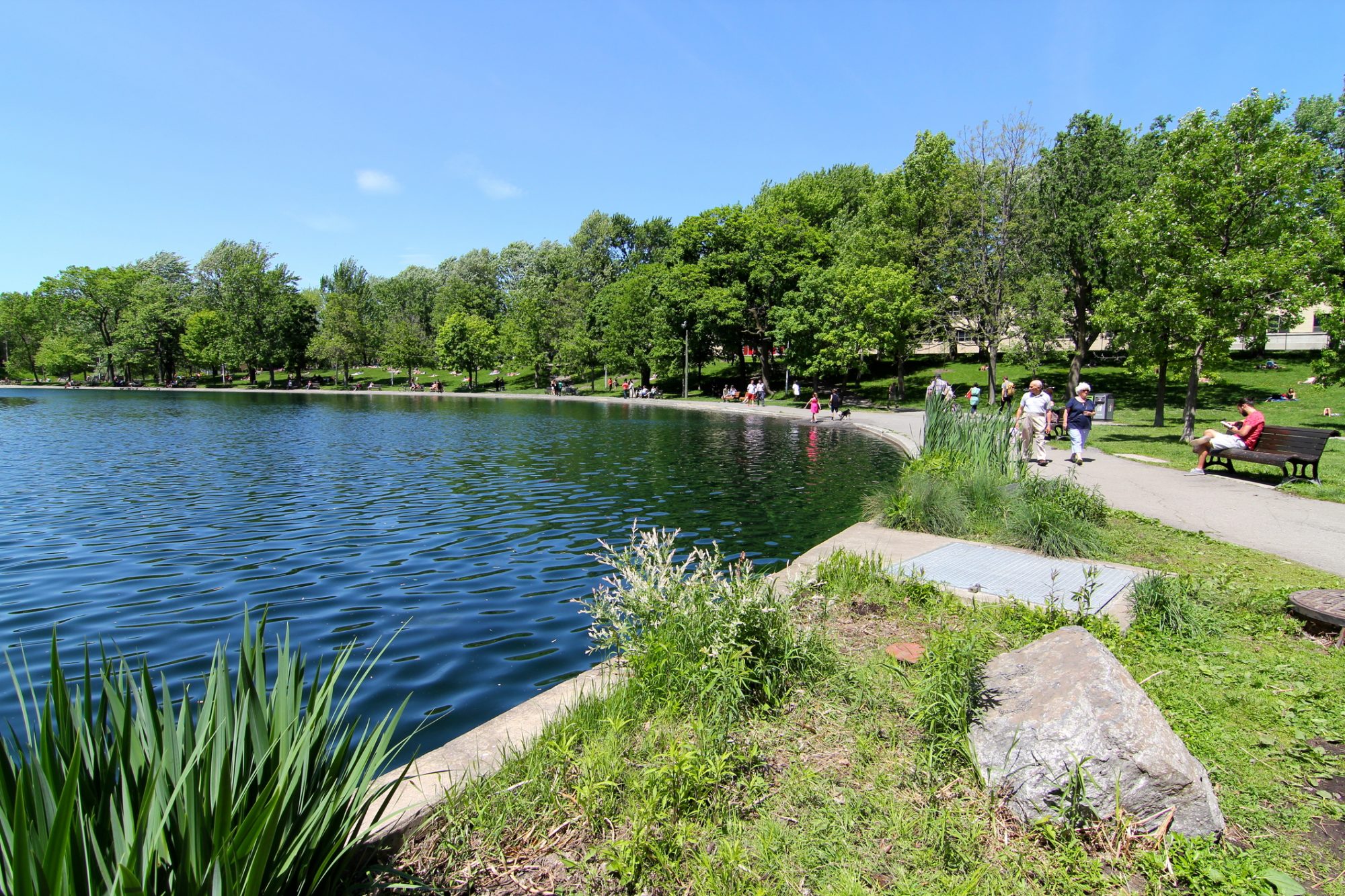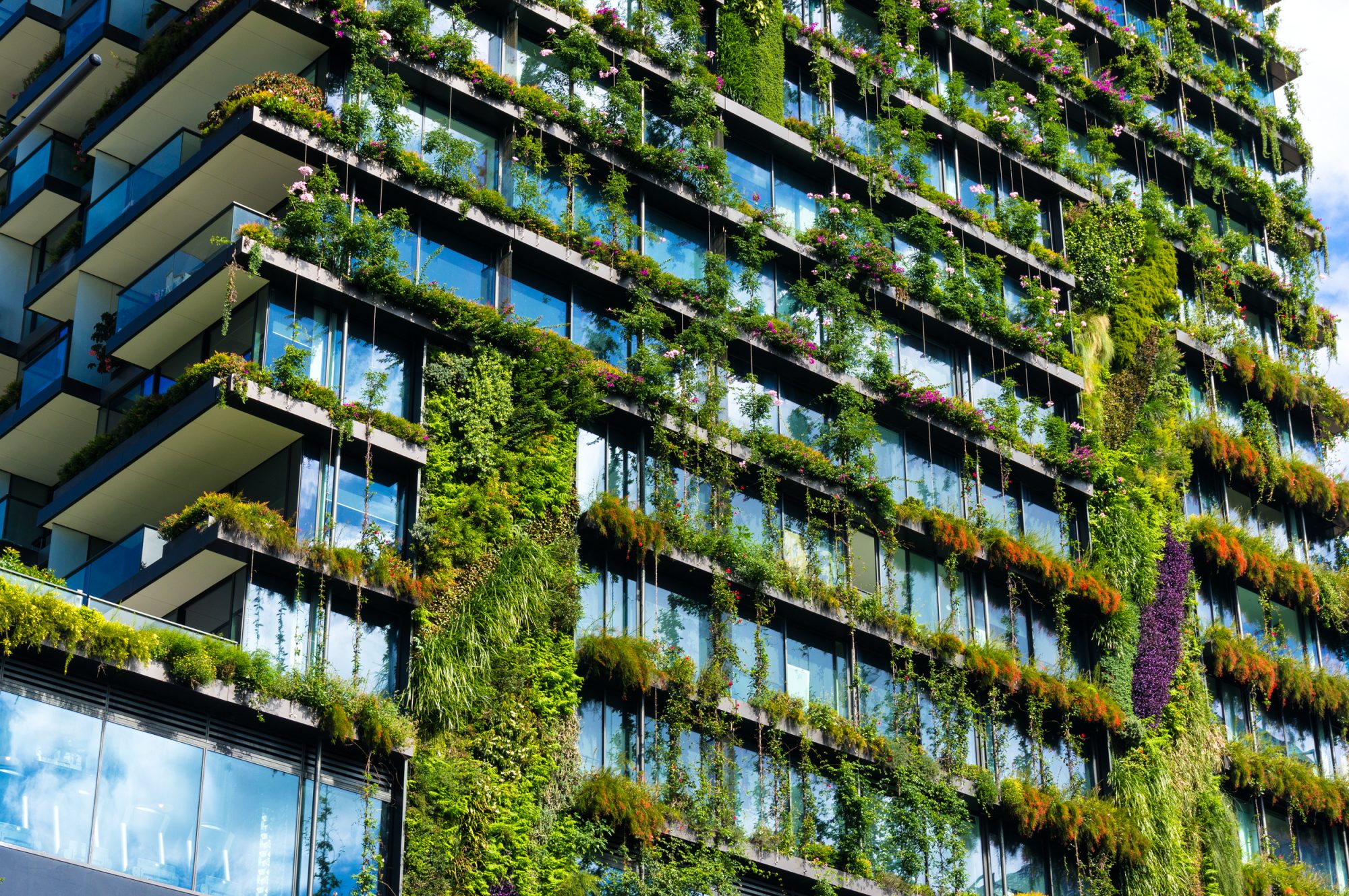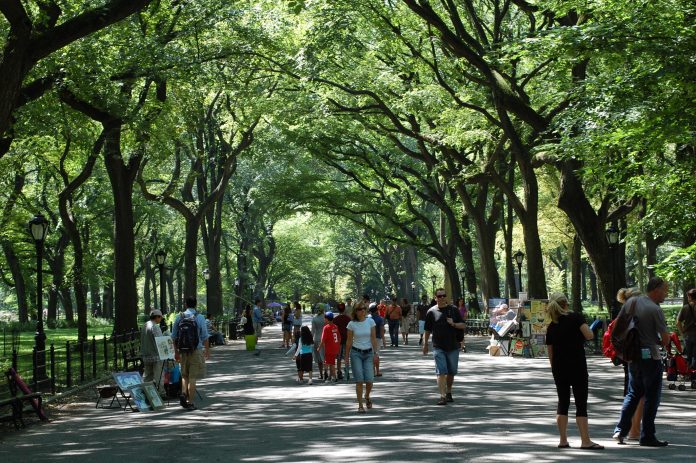Between 34,000-38,000 deaths could have been reduced with local increases in urban greening in US city areas – as greenery may substantially reduce mortality
Increasing urban greening in city areas across the US can help to considerably reduce deaths of all causes, as found in Frontiers in Public Health, based on data from 2000-2019.
Even though overall greenness in metro areas has increased in the past 20 years, by nearly 3% between 2000-2010 and 11% between 2010-2019, more green spaces available across cities could still reduce a substantial amount of deaths nationwide.
According to a study led by Boston University School of Public Health researchers, increased green vegetation impacted all-cause mortality among adults 65 and older in 35 large US metropolitan areas.
The potential impact of urban greening initiatives on mortality
For the study, the team looked over publicly available population data from the US Census, mortality data from Centers for Disease Control WONDER system and greenness data from NASA’s Landsat satellites to conduct a nationwide health impact assessment.
The health impact assessment revealed that increased green vegetation impacted all-cause mortality among adults 65 and older in 35 large US metropolitan areas.
Using the Normalized Difference Vegetation Index (NDVI) – which is a widely used metric that estimates the quantity of green vegetation – the researchers calculated that 34,080-38,187 elderly deaths (or about 15 to 20 deaths per 10,000 seniors) could have been prevented between 2000-2019 with a 0.1 increase in NDVI across all 35 metropolitan areas.
They estimated that overall greenness increased by 2.86% between 2000-2010, and 11.11% from 2010-2019, with the largest regional increase, observed in the South – from .40% in 2000 to .47% in 2019.
Quantity of green vegetation in comparison with US deaths
Study lead author Paige Brochu, a PhD student in the Department of Environmental Health, said: “We’ve known that living in greener areas can have a positive impact on our physical and mental health, but there is a lack of data on how changes in greenness distribution can affect death rates across the country.
“Our study quantifies the impact of greenness expansion in urban areas and shows how increasing green vegetation could potentially add to a person’s life expectancy. Policymakers and urban planners can use this information to support local climate action plans and ensure that those plans include greening initiatives.”

Limitations to the greening city areas
Unfortunately, urban greening may not be feasible in all cities, due to differences in climate, water sources, urbanization, and landscape.
However, city planners could use the study findings to examine local changes in urban greening over time and develop an appropriate and effective climate action plan in their cities.
Brochu added: “Increasing greenness in an arid climate in the Southwest is different from increasing greenness in an urban area in the Pacific Northwest.

“If an area’s climate makes it difficult to plant lush trees, urban planners can use this greenness data as a starting point and consider other types of vegetation that may be more realistic for their local climate.”
Senior author Dr. Kevin Lane, assistant professor of environmental health, said: “One of the primary questions that urban planners ask is where should they implement greening, and can we quantify the impact of greening initiatives for them—because there is a cost for tree planting campaigns or shrubbery planting.
“Being able to target which areas would have the highest reduction in mortality can justify these campaigns, not only as a mitigation measure, but as a way to directly improve health.”











